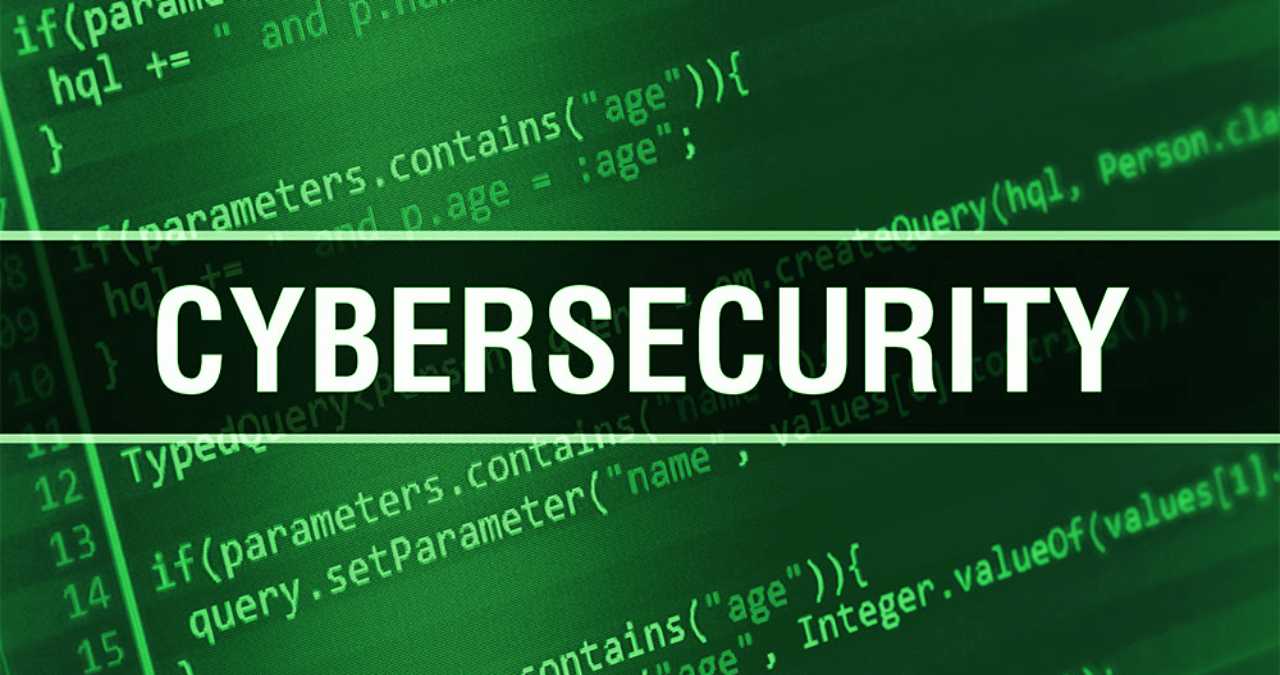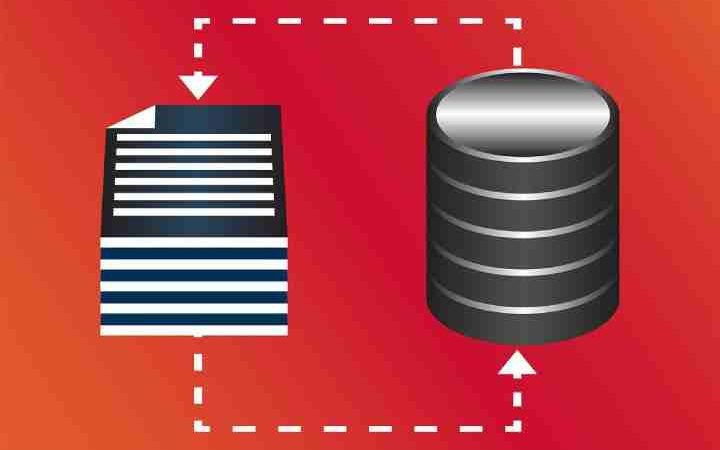Cybersecurity Trends For 2020 And 2021

Security in the digital age faces new challenges and threats that new technologies used as a vehicle to commit crimes. What scenario are we facing? What are the main trends in cybersecurity for 2020 and 2021? We see it in the next article.
Table of Contents
14 trends that will mark cybersecurity in 2020 and 2021
Cybersecurity has become one of the major concerns of businesses and Internet users. How will the situation evolve in the coming years?
Artificial intelligence applied to security
The development of artificial intelligence will be one of the main pillars when it comes to improving security tools. Technologies such as machine learning or deep learning will contribute to making AI increasingly essential in antivirus, VPN, and all kinds of online software. Thanks to it, huge databases can be registered and analyzed, threats can be predicted before they occur or they can be “human” in the face of cyberattacks.
Blockchain or blockchains
The blockchain born as a united technology to criptomonedas, but today its use has spread to many other fields, including cybersecurity. The main advantage of the Blockchain is that it allows new information to be added to a chain, preventing data from being lost on the way and allowing access only to authorized users. This is a very basic explanation of this technology, so if you want to know more we recommend that you read our article on Blockchain.
Social engineering
Social engineering attacks are expected to increase, for example, phishing or phishing, fraudulent websites, etc. Experts believe that these threats will be more frequent than other types of attacks, such as denial of service or zero-day attacks. The main reason is that the information obtained, such as passwords, passwords, or account numbers, can be easily sold on the Deep Web.
Banking Trojans
One of the cybersecurity trends in 2020 has been the increase in attacks caused by banking Trojans, which aim to steal the accounts of banks’ clients. This threat has been around for a long time, but cybercriminals have perfected their creations and are increasingly difficult to detect and remove.
Remote authentication
Another trend in cybersecurity for 2021 will be the development of new ways of remote authentication. It is a trend that has had its boom in 2020 because of the Covid-19 and the consequent increase in teleworking. New and more effective ways are needed to control who accesses what information, from where and with what level of permits.
Geopolitics and protection of critical infrastructures
After the 2nd World War, the United States and Russia entered into a technological and arms race that was called the Cold War. Well, today we are entering a new stage of the Cold War, in this case, the cyberwar.
Technology will be increasingly used with the aim of achieving competitive advantages on the world geopolitical map. In addition, governments increase their concern for national defense against intelligence teams from other countries and attacks from abroad.
All this is already a reality in which there are three main actors: the United States, China, and Russia. Not surprisingly, the United States has already vetoed numerous Chinese manufacturers and Russia is heading towards its own internet and isolated from the rest of the world.
Cloud computing development
Among the cybersecurity trends in 2020 and 2021 is also the growing concern about the security of data stored in the cloud. According to Forbes, around 80% of companies’ work has already moved to the cloud by 2020. This implies that cloud computing services can be one of the main objectives of cyberattacks, so it is necessary to create infrastructures and systems that guarantee the security of the information and avoid data leakage.
Increased ransomware attacks
Among professionals dedicated to computer security, there is some alarm regarding the increase in attacks with ransomware. This type of malware increased by 500% during 2019 and is expected to continue growing during 2020 and 2021. The main victims of these attacks have been public institutions such as municipalities, as well as hospitals and health centers.
Increased user awareness of their privacy
Users are increasingly aware of the risks that the internet has for their security and privacy. Some scandals, such as the sale of information by Facebook, or the case of eavesdropping on smart speakers, have been partly to blame. In addition, data protection regulations have been tightened, with the aim of establishing a unitary regulatory framework in the European Union that more respects the rights and freedoms of the individual.
Increase in vulnerable devices
Until recently, companies’ digital assets were well identified and protected. However, with the development of the Internet of Things or IoT, there are more and more connected devices, gadgets, and tools that multiply the possibilities of suffering attacks from other fronts. Furthermore, there is no specific regulation regarding these connected devices, nor a security standard.
Juice Jacking
Trends in cybersecurity in 2020 may also include increasing concern about attacks through infected hardware. One of the novelties in this regard is Juice Jacking, which consists of the infection of a computer through charging ports. For example, there have been cases where mobile phones have been infected by connecting them to public chargers.
Malicious use of artificial intelligence
Artificial intelligence can not only be used to improve security systems. The cybercriminals also take advantage of this technology to refine their attack methods. Thanks to these tools they can detect flows or behaviors that help them find security breaches. They can also design tools capable of predicting patterns so that they can avoid security controls.
Increased security breaches caused by third parties
More and more companies outsource third-party services. This saves time and human capital, but it can also lead to security breaches, especially if the subcontracted company does not use the appropriate measures. Many cybercriminals are aware of this, which is why attacks on third parties in the production chain have increased by almost 80% during 2019 and is one of the cybersecurity trends for 2020 and 2021.
Increasingly difficult threats to detect
Refinement of the methods employed by hackers makes cyber threats increasingly difficult to detect. According to an IBM study, the average time for the detection of a threat in 2019 was 206 days, and that without taking into account that many of them do not even get detected.
These are some of the trends in cybersecurity for 2020 and 2021. As we see, we face a present and a future with many challenges on the horizon, and still a long way to go to guarantee security in telecommunications.






